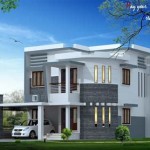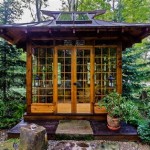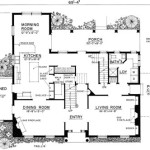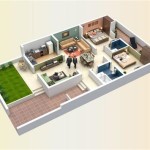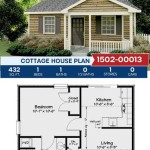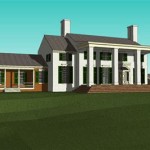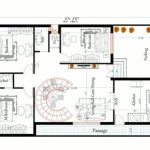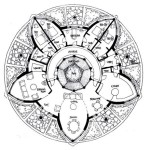Traditional Korean House Floor Plan
The traditional Korean house, known as a *hanok*, is a reflection of the Korean people's history, culture, and values. Hanoks are designed to be in harmony with the natural environment, with an emphasis on open space and natural light. The floor plan of a hanok is typically divided into three main areas: the *sarang* (living quarters), the *anchae* (women's quarters), and the *haengnang* (kitchen and storage area).Sarang
The *sarang* is the main living area of the house, where guests are entertained and family members gather. It is typically located at the front of the house and is the most spacious room. The *sarang* is often divided into two sections: the *daecheong* (main hall) and the *byeoljeong* (inner room). The *daecheong* is used for formal occasions, such as ancestral rites and weddings, while the *byeoljeong* is used for everyday living.Anchae
The *anchae* is the women's quarters of the house, where the women of the family live and work. It is typically located behind the *sarang* and is accessed through a separate entrance. The *anchae* is divided into several rooms, including the *geumcheong* (bedroom), the *jumak* (kitchen), and the *sarangchae* (study). The *anchae* is also home to the *onggi*, a large earthenware jar used to store food and water.Haengnang
The *haengnang* is the kitchen and storage area of the house. It is typically located at the back of the house and is accessed through a separate entrance. The *haengnang* is divided into several rooms, including the *jeo* (kitchen), the *bang* (storage room), and the *gulbang* (firewood storage room). The *haengnang* is also home to the *gamasot*, a large cauldron used for cooking rice.Flooring and Heating
The traditional Korean house is typically built on a raised platform, which helps to keep the house warm in the winter and cool in the summer. The floors are made of wood or stone, and the walls are made of clay or paper. The house is heated by a system of *ondol*, which is a network of flues that run under the floor. The flues are heated by a fire, which is typically located in the kitchen. The heat from the fire is then distributed throughout the house, warming the floors and walls.Doors and Windows
The traditional Korean house has sliding doors and windows, which are made of wood or paper. The doors and windows are typically decorated with intricate designs, which reflect the Korean people's artistic and cultural heritage.Roof
The traditional Korean house has a thatched roof, which is made of rice straw or reeds. The thatched roof helps to insulate the house and protect it from the elements. The roof is also designed to allow for proper ventilation, which helps to keep the house cool in the summer and warm in the winter.Garden
The traditional Korean house often has a garden, which is located in the front or back of the house. The garden is typically planted with flowers, trees, and shrubs. The garden is a place for the family to relax and enjoy the outdoors.The Hanok Today
The traditional Korean house is still used by some Koreans today, but it is becoming increasingly rare. As Korea continues to modernize, many people are moving to apartments and houses that are more modern in design. However, the traditional Korean house remains an important part of Korean culture and history. It is a symbol of the Korean people's resilience and their ability to adapt to change while still maintaining their traditional values.
Plan Of General Korean Traditional Hanok House

Image Result For Hanok Blueprint House Traditional Korean Plans

Eugene Hanok Culture Center Dongdaemun Seoul South Korea Traditional House Plans Korean

Seoul Hanok

Drawing Of The Proposed Hanok A Floor Plan 41 B 3 D Perspective Scientific Diagram

Building A Hanok In The Us Lots Of Questions Fine Homebuilding
Ysis Of Heating Energy Reduction Wooden Based Korean Hanok Using Passive Houses Planning Package Phpp Bioresources

Chapter 2 Floor Plans Of Mass Produced Hanok In Gwangju News

Wwoof Korea Guesthouse Hanok House Traditional Korean

Cheonyeon Dong Hanok Guga Urban Architecture Archdaily

